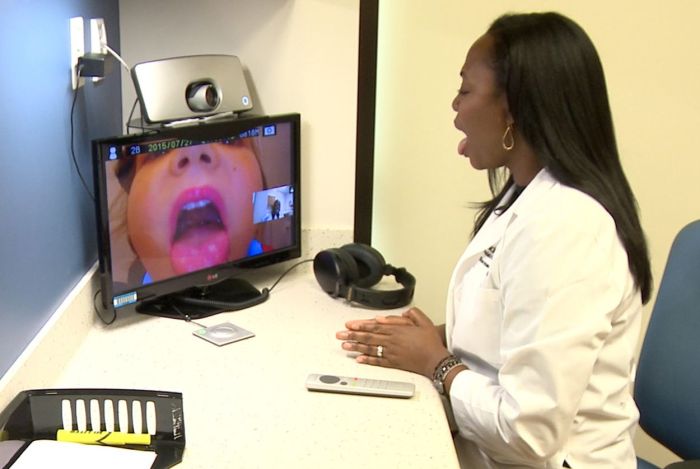
Deep Vein Thrombosis (DVT) is the formation of blood clot(s) in a deep veins of the body especially the leg. The clot can partially or completely occlude the vein resulting in symptoms like leg swelling, pain, discoloration or sometimes ulcers. This can be fatal if the clot breaks out and moves into the lung vessel blocking its blood supply, a condition known as Pulmonary Embolism (PE). Symptoms of Pulmonary Embolism includes shortness of breath, chest pain, rapid breathing and sometimes cough ups of blood.
If you experience any of the above symptoms, consult your doctor immediately.
The risk of developing DVT and PE increases with age peaking at about 45 years, though it can occur at any age. Other risk factors include family history of clotting disorders, sedentary lifestyle, being overweight, existing chronic disease, pregnancy, post-partum (up to 6 weeks after delivery), taking birth control pills, hormone therapy in post menopausal women, smoking, post-surgical operation and long hospitalization.
Studies have shown that healthy diets especially plant-based can successfully prevent, treat and even reverse many chronic diseases.
I’ve listed some medicinal plants together with some healthy lifestyle tips that help prevent DVT and PE.
These are natural blood thinners with great salicylate content – used fresh or dry, in cooking meals, sprinkled in soups or salads, grated in for teas or smoothies. They have anti-inflammatory and antioxidant properties that help prevent the increase of blood cholesterol and inhibit platelet aggregation. They enable free flow of blood and protect the endothelium of blood vessels:
- Ginger

- Turmeric

- Cayenne pepper

- Garlic

- Onions

- Spring onions

- Green leafy vegetables (pumpkin/ugu, spinach, kale, etc.)

- Citrus fruits (oranges, tangerines, grapes, berries, etc.)

- Vitamin E rich Foods: Nuts (walnuts, almonds) Lentils (chickpeas)

- Omega-3 fatty acids rich Foods: flaxseed, soybean oil, canola oil

Lifestyle Tips:
- Get adequate sunlight exposure (very essential for vitamin D’s antithrombotic properties)
- Drink clean water about 3-4 litres daily (12-15 glasses)
- Exercise regularly (±30mins daily, 5 days a week)
- Keep active (stretch your muscles regularly when confined for long hours in flights or road trips, at hospital, home or at workplace)
- Avoid first-hand or second-hand smoking
- Manage your weight (eat whole foods, avoid eating highly processed and calorie-rich foods)
Note: In addition to making these healthy lifestyle changes, consult your doctor if you are at high risk for DVT or PE.




 Do you know how many times our heart beats in an average lifetime? It beats over 2.5 billion times. Do you know which part of the organ is responsible for the heartbeats in unison? It’s the sinoatrial node or SAN, which acts like the captain of the ship and dictates other parts of the heart to follow the rhythm. SAN is the natural pacemaker of the heart, which is built of a set of specialized heart muscle cells. It sends signals to the other parts of the organ to beat in a certain rate through an electrical signal.
Do you know how many times our heart beats in an average lifetime? It beats over 2.5 billion times. Do you know which part of the organ is responsible for the heartbeats in unison? It’s the sinoatrial node or SAN, which acts like the captain of the ship and dictates other parts of the heart to follow the rhythm. SAN is the natural pacemaker of the heart, which is built of a set of specialized heart muscle cells. It sends signals to the other parts of the organ to beat in a certain rate through an electrical signal.